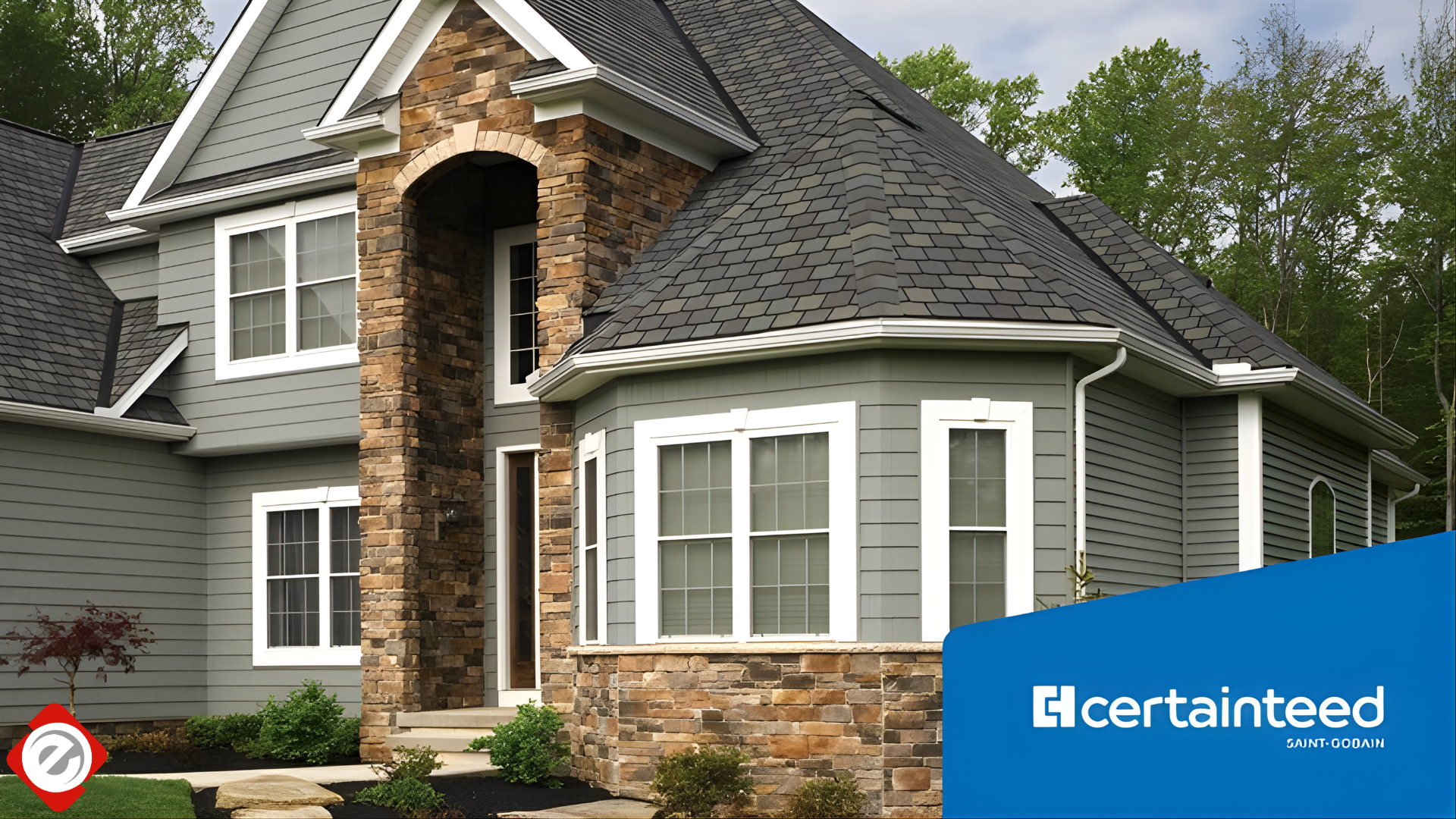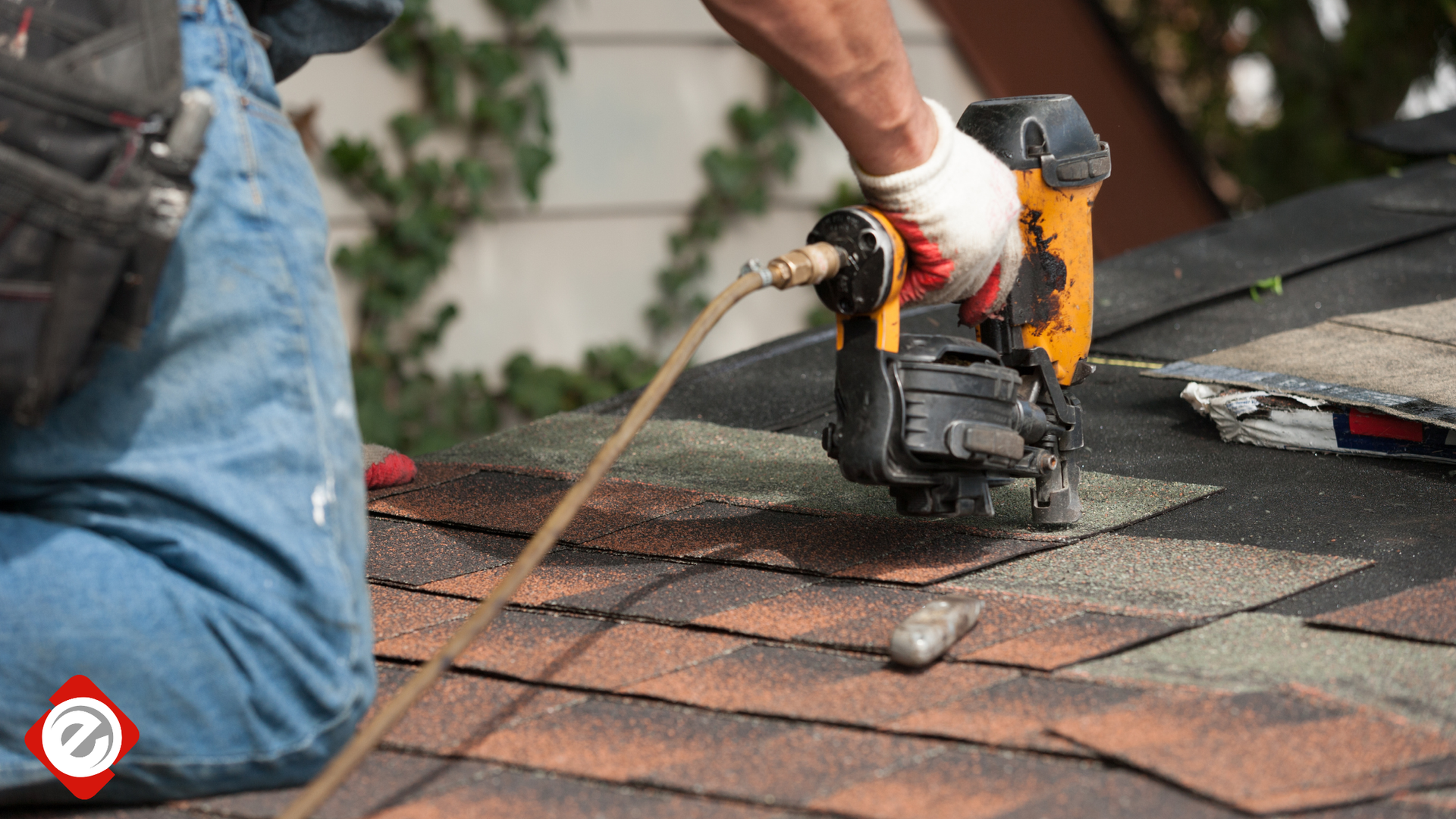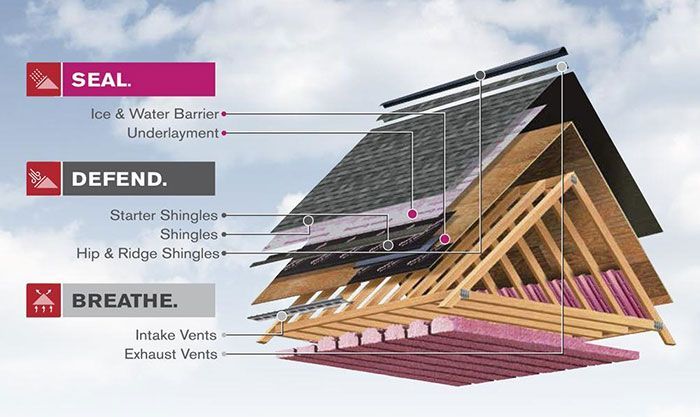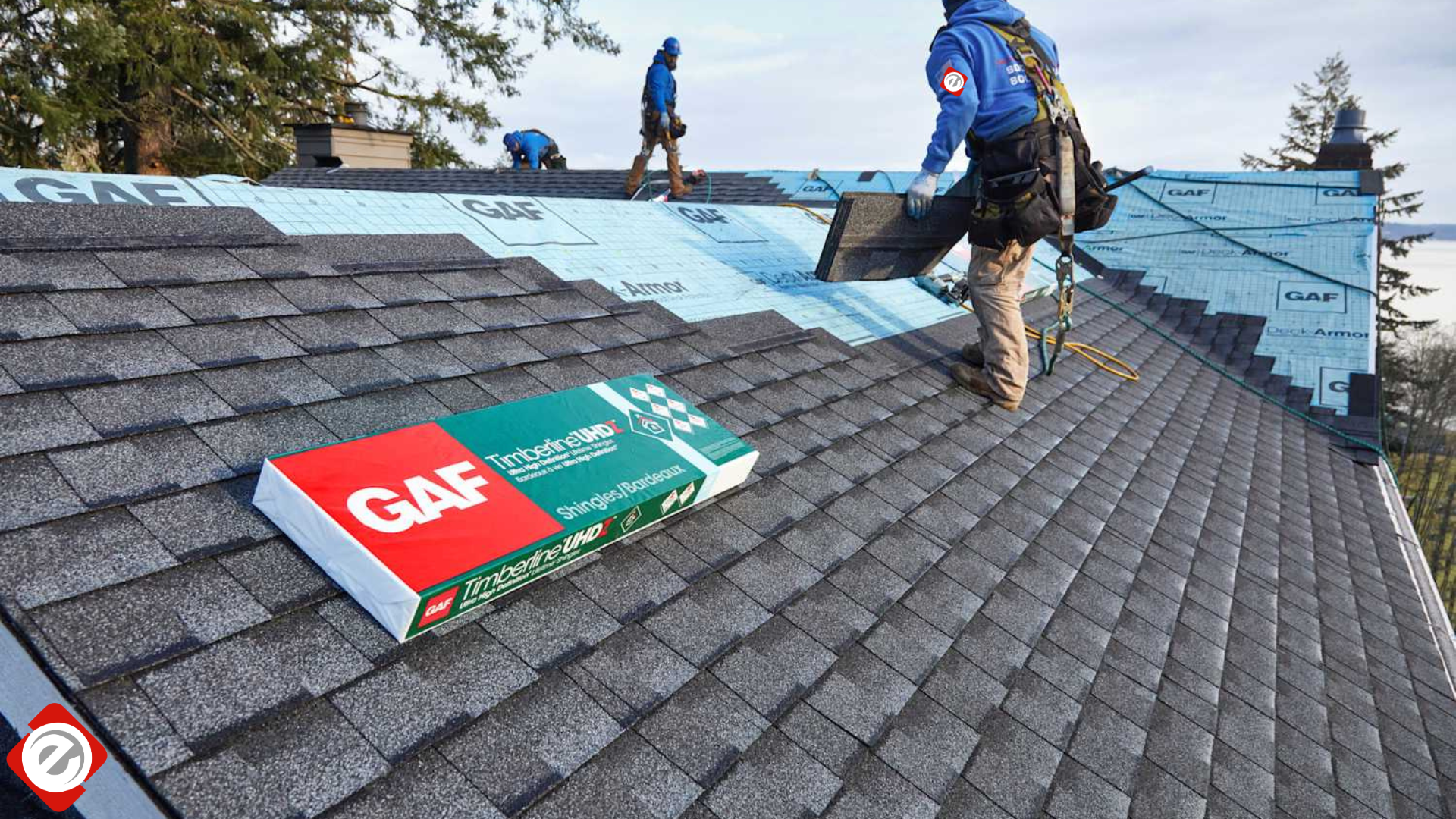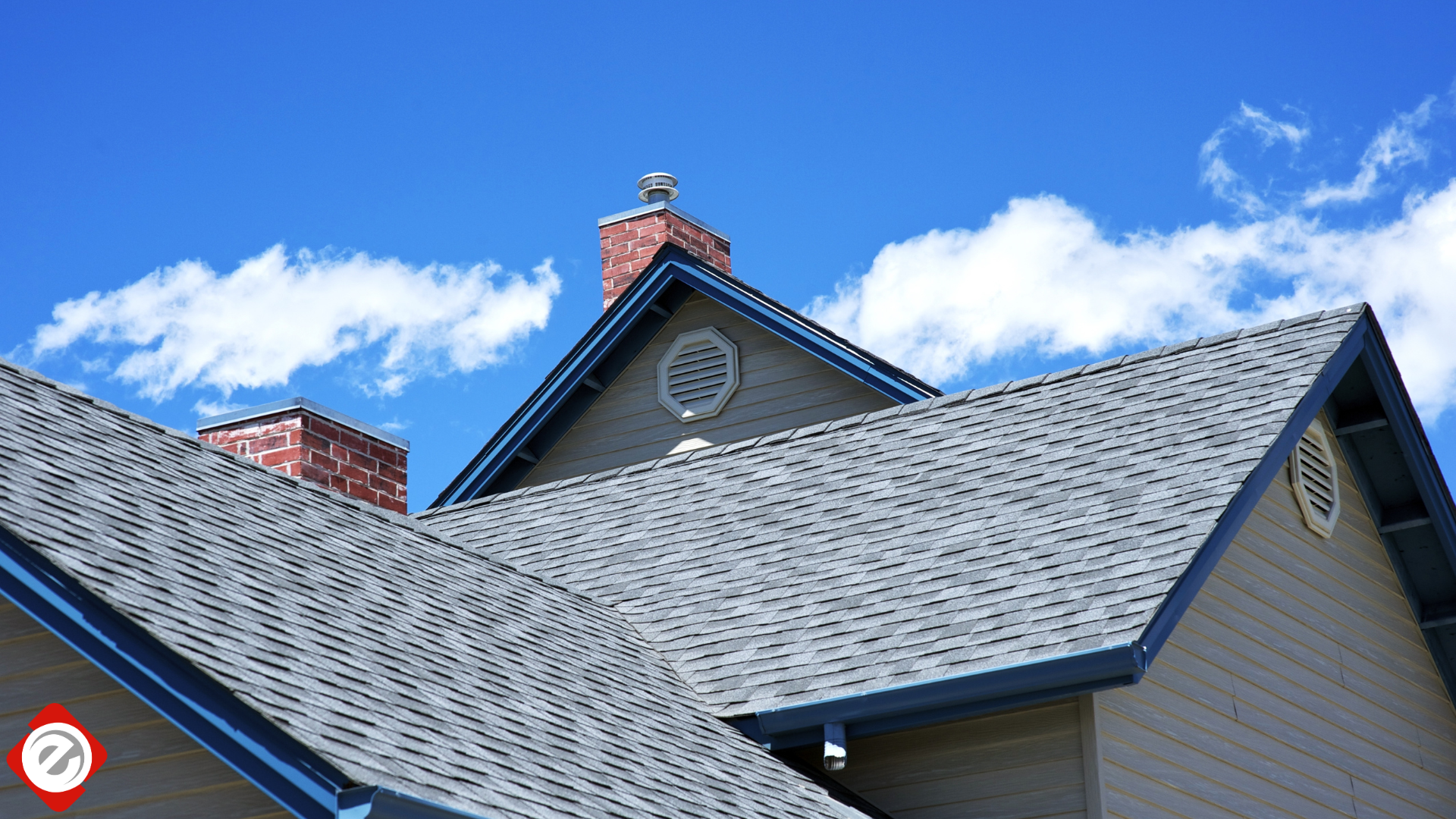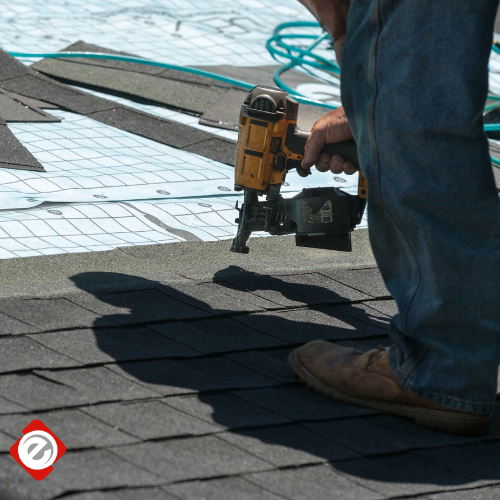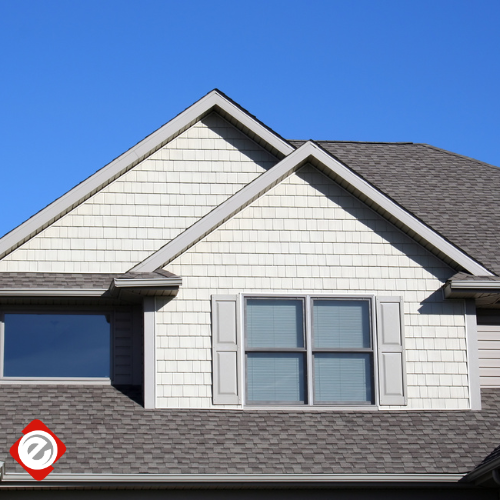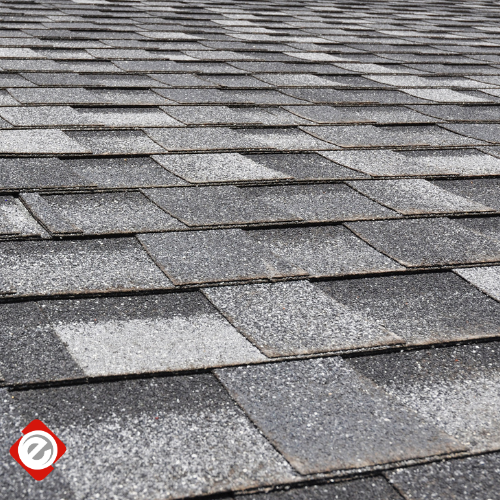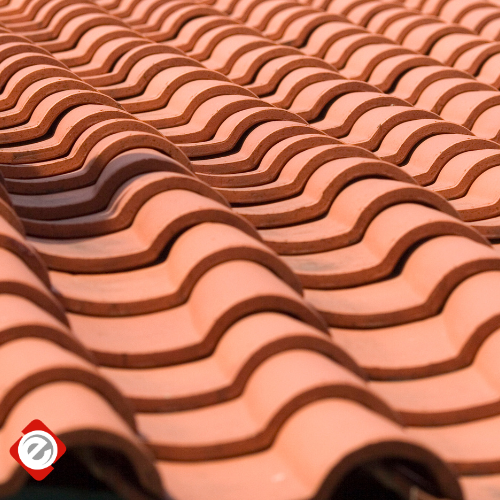econoroofing209@gmail.com
The Ultimate Guide to Roofing for Central Valley Homeowners
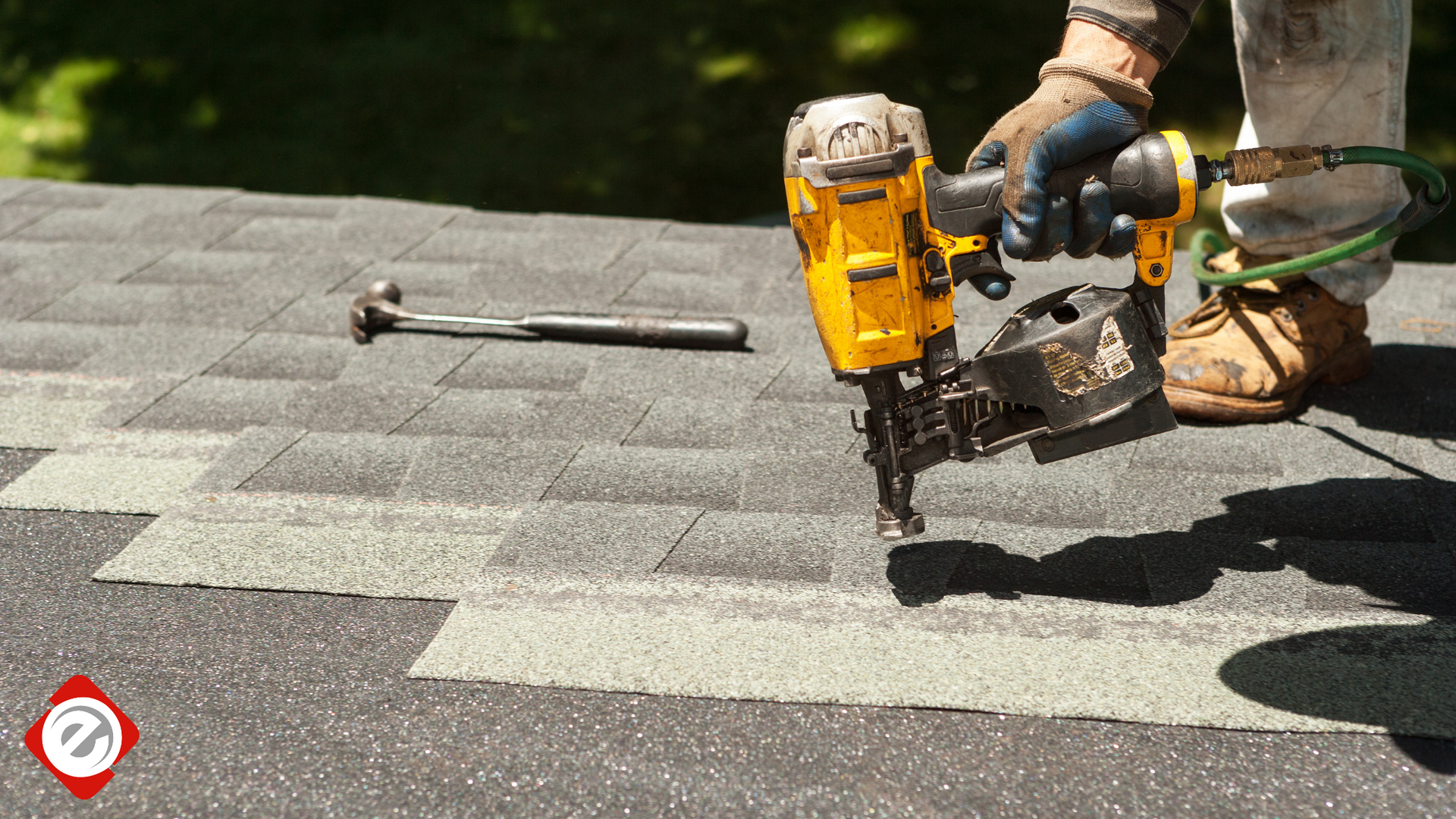
Protect your Stanislaus or Merced County home with expert roofing advice, tailored for our region’s unique climate. This guide shows you how to spot problems early, choose the best materials, and keep your roof strong for years to come.
This guide is your starting point—click any section to learn more, or follow the links for detailed advice on each topic.
Guide Contents:
- Biggest Challenges
- How to Spot Problems
- Best Materials
- Maintenance
- Frequently Asked Questions
As a family-owned company serving the Central Valley since 1996, we’ve seen how summer heat and winter storms can impact every type of roof. The defining characteristic of our climate is its fluctuation between extremes.
Long, hot, dry summers are followed by cooler, wet winters. This creates a cycle of stress on all roofing materials.
- Intense Sun and Heat: Throughout the summer, your roof is exposed to relentless UV radiation. This constant exposure can cause materials like asphalt shingles to become brittle, crack, and lose their protective granules over time. The extreme heat also causes thermal expansion and contraction, a daily cycle that can weaken seals and push nails upward, creating "nail pops" that compromise your roof's integrity.
- Heavy Winter Rains: After months of heat, the arrival of seasonal rains can quickly expose any weaknesses. Water can penetrate cracked materials, failed flashing, or build up in clogged gutters, leading to leaks and potential water damage inside your home.
Explore more: How the Central Valley Sun Damages Your Roof (And What to Do About It)
How Can You Spot Early Roof Problems?
Identifying issues early can be the difference between a simple repair and a costly replacement. These climate challenges manifest in a few common problems that every local homeowner should learn to recognize.
- Sun and Heat Damage: The most visible sign of sun damage is on asphalt shingles. Look for shingles that appear faded, cracked, or are shedding their sand-like granules, which you may find in your gutters.
- Leaks and Water Damage: This is the most urgent issue for any homeowner. Leaks are most common around roof penetrations like chimneys, vents, and skylights, where the metal flashing has failed. Clogged gutters are another primary cause, as water backs up and seeps under the roof's edge.
- Wind Damage: Strong seasonal winds can get underneath shingles, breaking their adhesive seals and lifting them from the roof deck. A single missing shingle is a critical issue that leaves your home exposed.
- Poor Ventilation: Unusually hot upper floors or a spike in summer energy bills can indicate that your attic is trapping heat, which can damage your roof from the inside out.
Quick Inspection Checklist
- Check your attic for signs of water stains after heavy rain.
- Look for loose or missing shingles from the ground after windy days.
Explore more: 5 Telltale Signs of Roof Damage in Stanislaus & Merced County &
Which Roofing Materials Work Best in Our Climate?
Choosing the right material is the single most important factor in ensuring a long-lasting, durable roof in the Central Valley. Each option offers a different balance of performance, longevity, and aesthetics.
| Material | Durability & Lifespan | Aesthetic Appeal | Key Benefit for the Central Valley |
|---|---|---|---|
| Asphalt Shingles | Excellent (25-50 years) | Versatile & Popular | The best combination of value, reliability, and style. |
| Clay & Concrete Tile | Exceptional (50-100 years) | Classic & Timeless | Superior longevity and natural fire resistance. |
| Metal Roofing | Superior (40-70 years) | Modern & Efficient | Unmatched durability and energy savings. |
Explore more:(/blog/asphalt-vs-metal-roofing)
How Does Roof Ventilation Protect My Home?
A high-quality roof is more than just shingles; it's a complete system. One of the most critical components of that system is ventilation. Think of it as your roof's respiratory system—it allows your attic to breathe, preventing the buildup of intense heat in the summer and damaging moisture in the winter.
A balanced ventilation system extends the life of your shingles, improves your home's energy efficiency, and prevents costly issues like mold and wood rot.
Explore more:
Homeowner's Guide to Roof Ventilation in Modesto and Merced
What Essential Maintenance Can Protect Your Investment?
Proactive maintenance is the key to extending the life of your roof and preventing small issues from becoming major problems. Here is a simple checklist:
- Schedule Regular Inspections: Have your roof professionally inspected at least once a year, and always after a major storm. A trained eye can spot subtle signs of damage that are not visible from the ground.
- Keep Gutters and Drains Clean: Clogged gutters are a leading cause of roof leaks. Ensure they are cleaned at least twice a year, especially in the fall, to allow water to drain properly away from your home.
- Trim Overhanging Trees: Branches hanging over your roof can drop leaves and debris that trap moisture and encourage moss growth. They also pose a risk of falling and causing significant damage during a storm.
Explore more: A Seasonal Roof Maintenance Checklist for Central Valley Homeowners
Frequently Asked Questions
How much does a new roof cost in Modesto or Merced County?
The cost of a new roof in the Central Valley depends on your home's size, the materials you choose, and the complexity of the roof design. For a typical home in the Modesto area, a new asphalt shingle roof can range from $9,000 to $15,000, while premium systems like metal or tile can range from $18,000 to over $40,000. The only way to get a precise figure is with a detailed, on-site inspection. We provide a free, no-obligation estimate that outlines all costs transparently.
Should I repair my roof or get a full replacement?
The answer depends on the age and condition of your roof. A repair is often the right choice for minor, isolated issues like a few missing shingles from a storm or a small leak around a vent. A full replacement is the smarter long-term investment if your roof is over 20 years old, shows widespread damage like curling or cracking shingles, or has recurring leaks. An honest, professional inspection will provide a clear recommendation.
How long should a new roof last in the Central Valley?
A professionally installed roof using high-quality materials is designed to last for decades, even in our hot climate. Lifespans vary by material:
- Architectural Asphalt Shingles: 25 to 50 years.
- Metal Roofing: 40 to 70 years.
- Clay or Concrete Tile: 50 to 100+ years.
The key to achieving this longevity is proper installation and ventilation, which protect the materials from premature aging.
What are the best roofing materials for the heat in Stanislaus and Merced counties?
In the Central Valley, the best materials are those that reflect solar heat. "Cool roof" architectural shingles, metal roofing, and clay or concrete tiles are all excellent choices. These materials help keep your attic and home cooler, which can lower your summer energy bills and extend the life of your roof. They are also designed to meet California's Title 24 energy efficiency standards.
How often should I get a professional roof inspection in the Central Valley?
We recommend a professional roof inspection at least once a year, ideally in the fall before the rainy season begins. It is also wise to schedule an inspection after any major storm with high winds to ensure no hidden damage has occurred. Regular inspections are the best way to catch small issues before they become expensive problems.
What is the most important thing to look for in a Modesto roofing contractor?
Beyond positive reviews, the most critical qualifications are a valid California contractor's license (CSLB), full insurance, and elite manufacturer certifications. Certifications like GAF Master Elite® and Owens Corning Platinum Preferred are earned by less than 2% of contractors nationwide and are your best guarantee of quality installation. These certifications are the only way to get access to the industry's best, manufacturer-backed warranties.
What's the difference between a standard and a manufacturer-backed warranty?
A standard warranty typically only covers the local contractor's workmanship for a limited time. An elite, manufacturer-backed warranty—like the ones offered by GAF and Owens Corning—covers both the roofing materials for up to 50 years and the workmanship for up to 25 years. This means your investment is protected by the manufacturer, even if your original contractor is no longer in business. This is the highest level of protection available.
What’s Next? Explore More Topics
As the region's only
Owens Corning Platinum Preferred and
GAF Master Elite® contractor, we provide advice you can trust. This guide is your central resource for roofing in the Central Valley. From here, you can dive deeper into the topics that matter most to you.
- 5 Telltale Signs of Roof Damage in Stanislaus & Merced County
- A Seasonal Roof Maintenance Checklist for Central Valley Homeowners
- How the Central Valley Sun Damages Your Roof (And What to Do About It)
- A Homeowner's Guide to Roof Ventilation in Modesto and Merced
Have more questions or need personalized advice? Our experts are just a click away.
Your Next Step: A Professional Assessment
Understanding your roof is the first step. The next is getting certainty. A professional assessment provides a clear, detailed picture of your roof's current condition and what is needed to ensure it protects your home for years to come.





